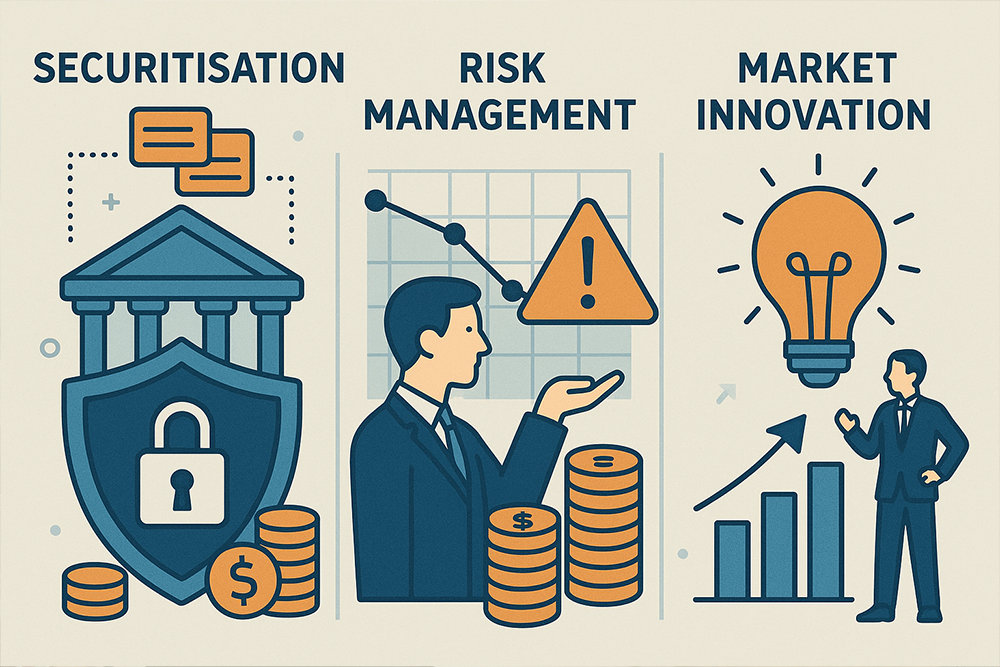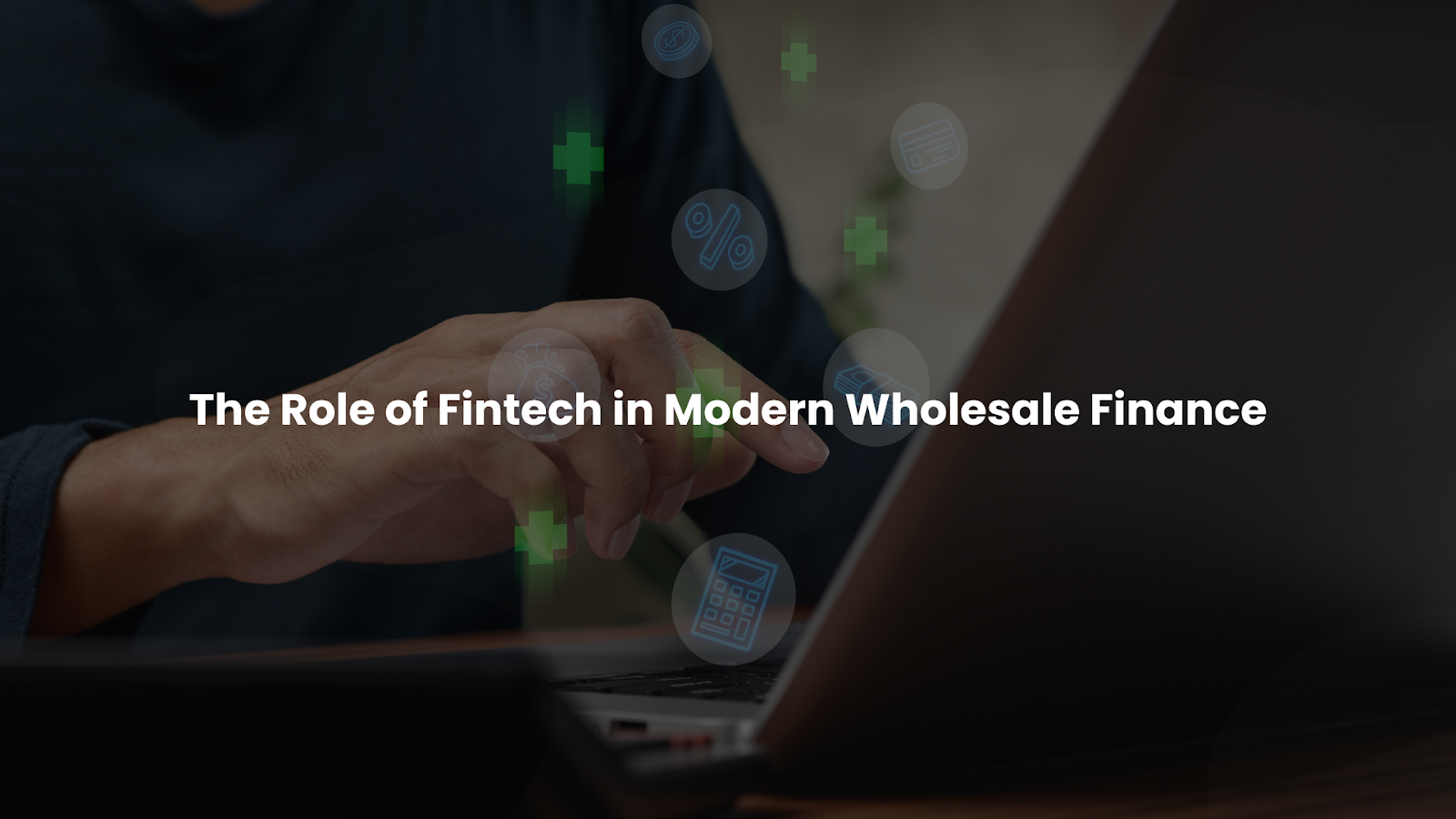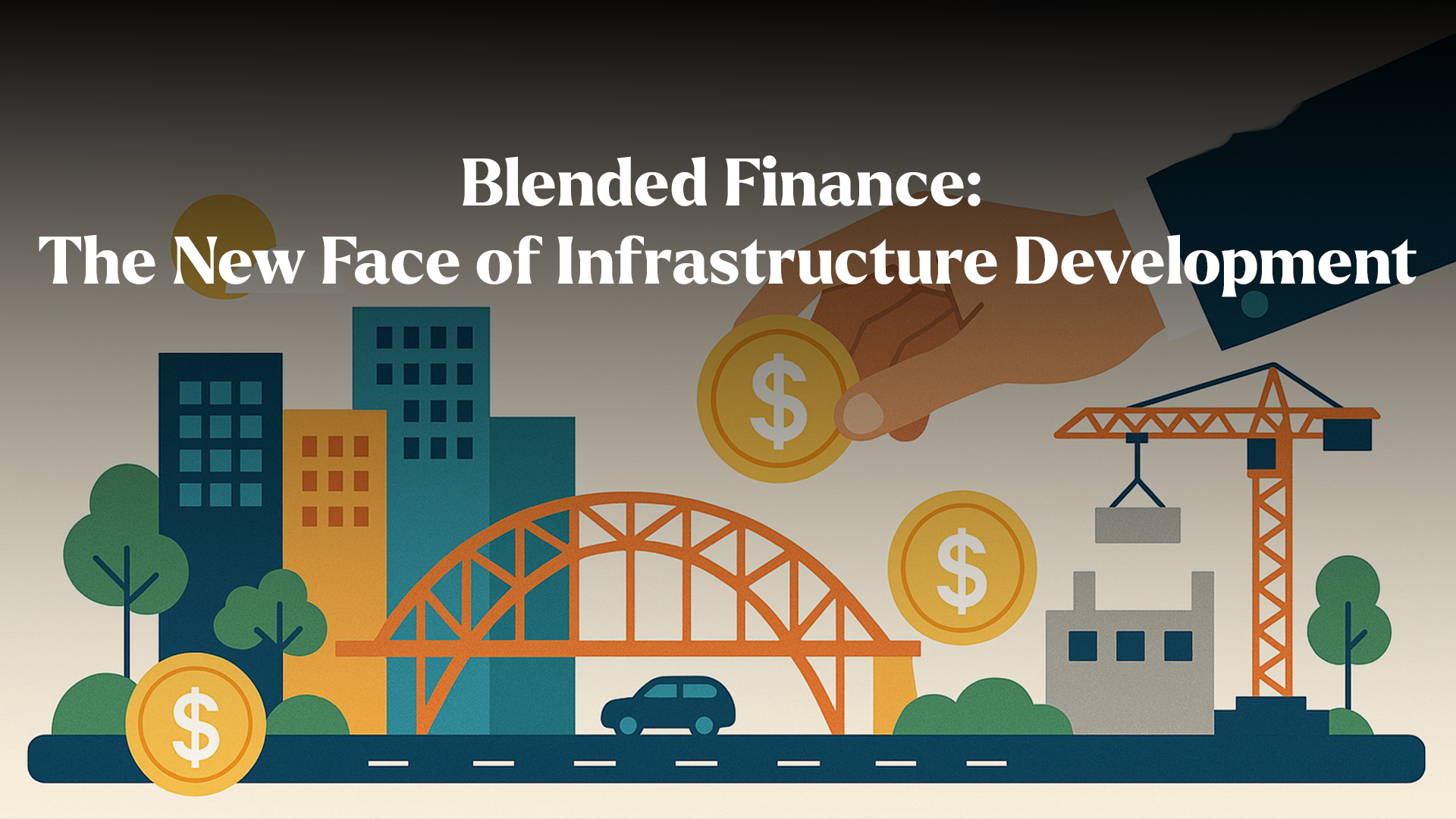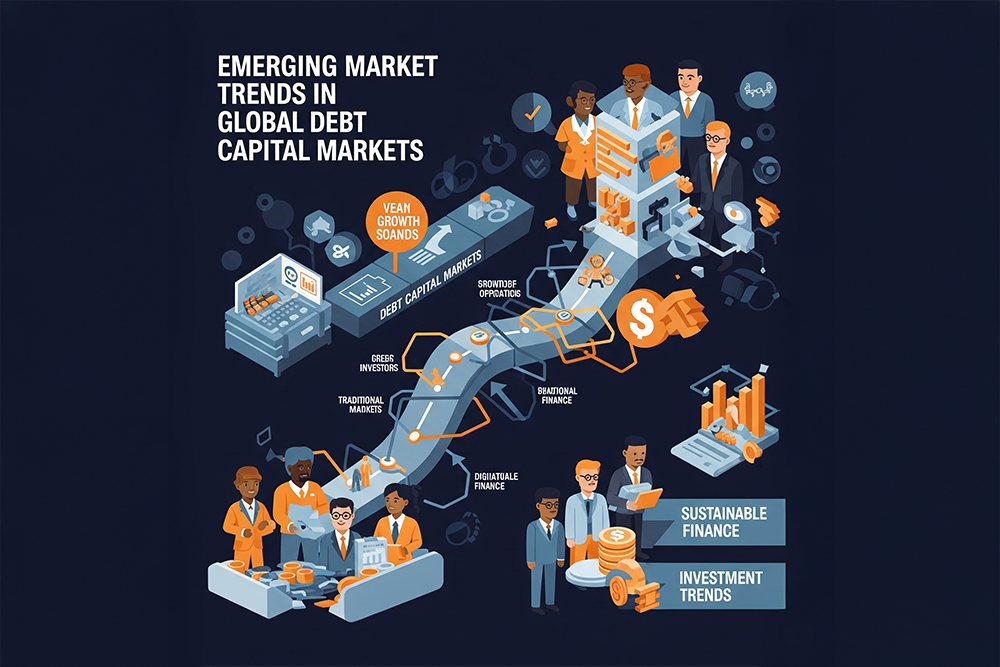In today’s fast-evolving capital markets, structured finance plays a pivotal role in providing liquidity, enhancing capital efficiency, and connecting borrowers to investors. At the core lies securitisation, a powerful technique where asset pools (like mortgages or loans) are packaged and sold to investors as securities. This has grown into a global engine for funding and in 2025, it’s being reshaped by ESG imperatives, regulatory shifts, and digital innovation.
For dealmakers attending Global Banking & Markets (GBM) events — including Private Equity, M&A and Bonds & Loans forums — staying ahead of structured finance trends is more vital than ever.
Understanding Securitisation: The Backbone of Structured Finance
Securitisation allows originators (like banks) to convert liquid assets into tradable securities, transferring risk off their balance sheets while raising capital. A Special Purpose Vehicle (SPV) acquires the asset pool and issues securities to investors. These are often sliced into tranches (senior, mezzanine, equity) with different risk-return profiles.
Key Benefits:
- Stable, lower-cost funding for originators
- Portfolio diversification and higher yields for investors
- Predictable cash flows backed by real assets
Common Asset Classes: Residential mortgages (RMBS), commercial real estate loans (CMBS), auto loans, credit cards, student loans, and corporate receivables.
Current Trends in Structured Finance
2024 saw a strong recovery in global securitisation issuance. In the U.S., CMBS volumes surged 175%, and CLOs (Collateralized Loan Obligations) are on track to exceed $200 billion. European and Asian markets followed similar growth, driven by post-pandemic refinancing and investor appetite for yield.
Notable Developments:
- Green and ESG Securitisations: Investors are demanding sustainable finance. Solar loans, energy-efficient mortgages, and ESG-aligned consumer loans are being bundled into structured deals.
- Expanding Asset Pools: IP royalties, art-backed loans, solar farms, and equipment leases are now being securitised.
- Robust ABS Demand: Auto and personal loan-backed securities saw record investor interest, especially from insurance and pension funds.
Risk Management in Securitisation
Post-2008 reforms have made securitisation safer, with greater transparency and regulatory oversight.
Risk Management Mechanisms:
- Tranching: Spreads risk across investor classes
- Credit Enhancements: Reserves, guarantees, and overcollateralization reduce default risk
- Risk Retention: Originators must keep a 5% stake in deals (per U.S. and EU rules), aligning interests
- Data & Analytics: Advanced AI-driven tools and scenario stress tests improve asset quality evaluation
- ESG Risk Oversight: Climate risk and social metrics are increasingly considered in deal structuring
Innovation Shaping the Future
Structured finance is undergoing digital transformation, with the rise of blockchain, AI, and tokenisation:
- Tokenised Bonds: Digital securities allow faster settlement, lower costs, and 24/7 trading. Institutions like BlackRock have launched tokenised funds already.
- AI & Machine Learning: Enhances credit scoring, portfolio surveillance, and fraud detection.
- Green Bonds & ESG Frameworks: ESG-linked securitisations now follow ICMA’s Green and Social Bond Principles, aligning finance with sustainability goals.
This innovation is enabling faster, smarter, and greener transactions — a trend that’s front and center at M&A, Bonds, Loans & ESG Investment discussions hosted by GBM.

What Deal makers Should Watch in 2025
As the global market evolves, deal professionals should focus on:
✅ The regulatory impact of Basel IV and CRR3 on structured finance capital charges
✅ Opportunities in renewable energy-backed and social-impact securitisations
✅ Adoption of tokenisation for ABS and syndicated loans
✅ Increased demand from non-bank investors like private equity and insurance firms
✅ ESG requirements shaping both disclosure and asset eligibility
With volatility and rate shifts on the horizon, successful securitisation will depend on agile structuring, strong risk controls, and deep market insight — all topics explored in depth at GBM’s global networking platforms.
Conclusion
Structured finance remains essential to unlocking capital in global markets. From auto ABS to green securitisations, it connects issuers and investors across a spectrum of risk and return. In 2025, innovation, regulation, and ESG integration are transforming the market.
Attending Global Banking & Markets events gives dealmakers a front-row seat to these shifts. Whether you're navigating complex M&A transactions, exploring Private Equity, or structuring Bonds, Loans & ESG Investments, GBM provides actionable insights, powerful connections, and deal acceleration.
Why Attend Global Banking Markets (GBM) Events?
At GBM, we bring together the world’s leading deal practitioners in curated meetings that fuel real transactions. Our events are designed to deliver high-impact discussions, regulatory updates, and deal-making opportunities.
Join GBM to stay ahead in structured finance and beyond. Let’s accelerate your next transaction.
We are the world leader in global markets-focused financing events in emerging markets. We bring complex markets together in one place at one time, facilitate informal networking & organise meetings which accelerate deal-flow. Connecting you with business partners and counterparties is at the heart of everything we do.
.png)




